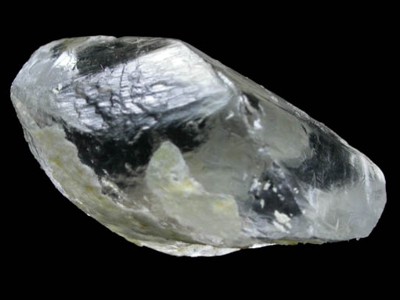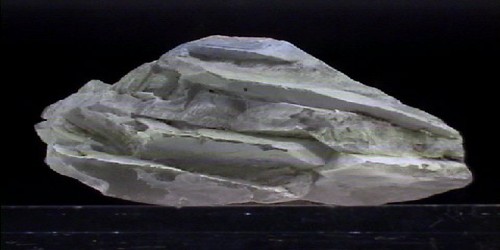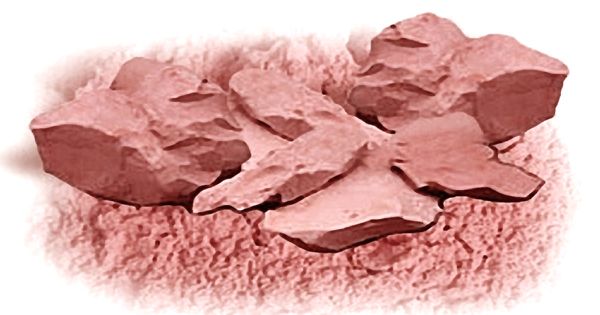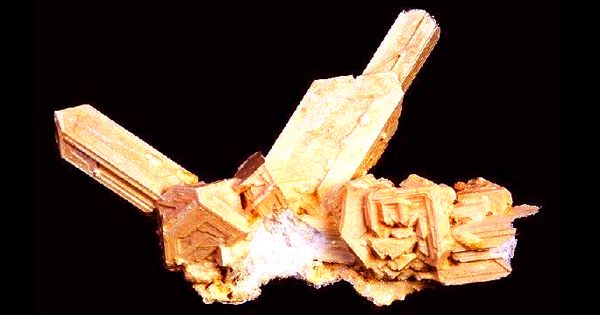Gaylussite is a carbonate mineral, a hydrated sodium calcium carbonate, formula Na2Ca(CO3)2·5H2O. It is named for French chemist and physicist J. L. Gay-lussac. It is sometimes a well-crystallized mineral displaying good, intricately faceted monoclinic form.
Gaylussite is a saline evaporite, consisting of a mixed sodium and calcium carbonate. It is one of several carbonate minerals that form in non-marine evaporite deposits.
General Information
- Category: Carbonate mineral
- Formula: Na2Ca(CO3)25H2O
- Crystal system: Monoclinic
- Crystal class: Prismatic (2/m) (same H-M symbol)

Fig: Gaylussite is a carbonate mineral
Properties
It occurs as translucent, vitreous white to grey to yellow monoclinic prismatic crystals. It is an unstable mineral which dehydrates in dry air and decomposes in water.
- Color: Colorless, white, yellow, and grey
- Crystal habit: Tabular prismatic crystals also granular
- Fracture: Conchoidal, brittle
- Mohs scale hardness: 2.5
- Luster: vitreous
- Streak: white
- Specific gravity: 1.93 – 1.99
- Optical properties: Biaxial (-)
Discovery and occurrence
It is formed as an evaporite from alkali lacustrine waters. It also occurs rarely as veinlets in alkalic igneous rocks. It was first described in 1826 as an occurrence in Lagunillas, Merida, Venezuela. It was named for French chemist Joseph Louis Gay-Lussac (1778–1850).
The mineral has been recently reported from drill core in Lonar lake in Buldhana district, Maharashtra, India. Lonar lake was created by a meteor impact during the Pleistocene Epoch and it is the only known hypervelocity impact crater in basaltic rock anywhere on Earth.
Information Source:
















